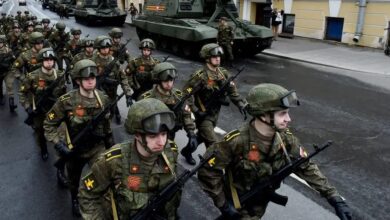The British Army saw a significant drop in the number of Javelin and Guided Multiple Launch Rocket System (GMLRS) missiles fired during military exercises in 2023.
In a UK parliamentary written response, British armed forces minister James Heappey said the army only used 37 Javelin anti-tank missiles last year — a 40 percent drop from 2022.
The figures were also 77 percent less than the 158 Javelin missiles fired by the British Army in 2021 before Russia launched its full-scale invasion of Ukraine.
In another parliamentary response, Heappey revealed that the number of GMLRS fired in UK military drills dropped from 56 in 2022 to 19 in 2023.
Potential Factors
Since Russia invaded Ukraine in February 2022, the UK has sent more than four billion pounds ($5 billion) in military aid to help the war-ravaged nation counter Moscow’s aggression.
Heappey said his country had delivered over 10,000 anti-tank weapons to Kyiv, which include Javelin, Brimstone, and NLAW missiles.
It has also provided at least three MLRS and vowed to send M31A1 precision-guided missiles.
According to a report by Army Technology, the amount of munitions sent to Ukraine could be a major factor as to why the British Army reduced their use in 2023.
Other possible factors include the shifting tempo of annual exercises and the potentially varying live-fire requirements set by the military every year.
A Sign of Reduced Capability?
Last year, a British lawmaker claimed that sending weapons to Ukraine would deplete the country’s stockpile, reducing the operational capability of the British Army.
The claim was immediately rebuffed by top British officials, with Chief of the General Staff Patrick Sanders saying Russia’s defeat would make the UK and other countries in the region safer.












